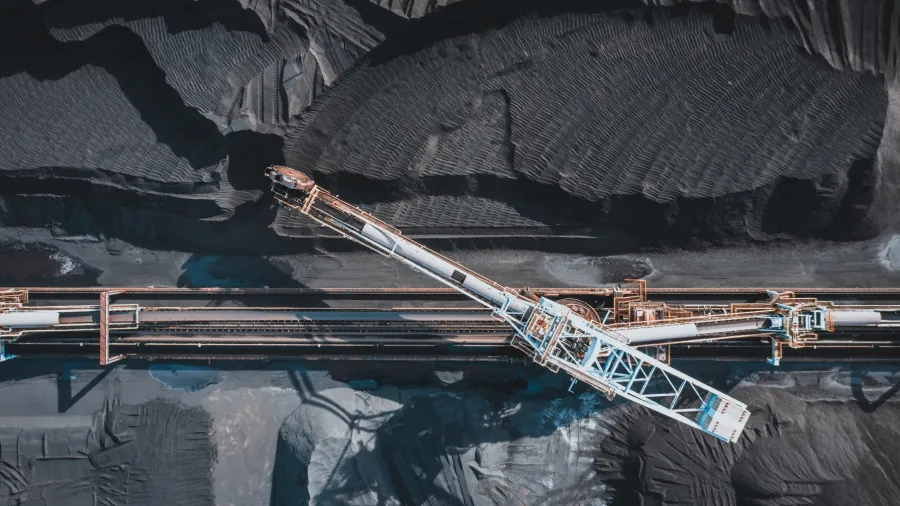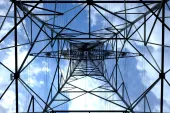
‘Expensive pathway’ awaits as Vietnam trails to achieve PDP8 targets
Vietnam targets to phase out coal plants and convert them into biomass and ammonia plants.
Vietnam is gradually moving to reduce its reliance on coal and eventually phase it out by 2050 under its recently-approved Power Development Plan VIII (PDP8). Whilst this sets out the country’s energy transition roadmap, Vietnam could face economic and technological roadblocks in the “expensive pathway” to a clean energy mix.
The Government of Vietnam approved the PDP 2021–2030 with the aim of ensuring energy security whilst keeping up with energy transition needs. Under the plan, the country endeavours to increase the share of renewable energy to about 67.5%–71.5% by 2050.
“There is finally clarity on long-term plans to reduce emissions by targeting more gas and onshore wind power development. [It] gives more certainty to power developers which technologies to focus on,” Robert Liew, principal analyst of Power and Renewables Research at Wood McKenzie, told Asian Power.
Likewise, Centre for Strategic Energy and Resources CEO Victor Nian said the approval of the plan shows the country’s “strong commitment to energy transition towards carbon neutrality.”
“On the other, this ambition could lead to an expensive pathway for Vietnam to achieve its national energy and climate objectives,” Nian said.
Converting coal plants
Under the plan, the capacity of coal thermal power is expected to reach around 30 megawatts, comprising 20% of its total power plant capacity by 2030. But in 2050, the country aims to no longer generate electricity from coal power plants.
The plan also only allows projects under the adjusted Power Master Plan VII and under construction until 2030 to be carried out. Also, plants with a lifespan of over 40 years are mandated to stop operations and, if not, convert to biomass and ammonia for lower carbon emissions.
This means that no new coal-fired power plants will be built in Vietnam, whilst the existing power plants will be forced to be repurposed to burn biomass or ammonia. Otherwise, they risk their plants’ shutdown after the end of their lifelines, Nian said.
“This means a number of coal-fired power plant operators will need to start looking for solutions for retrofitting and at the same time looking for supply of alternative fuels (i.e. biomass or ammonia) to continue their presence in the market,” he said.
Coal power accounts for 34.2% of Vietnam’s energy mix as of May 2023, according to a Global Energy Monitor Briefing, citing data from PDP8.
Cao Yanqi, analyst on APAC Power and Renewables Research at WoodMackenzie, said that funding new coal plants will be difficult as financing institutions are moving away from coal.
And since Vietnam signed the Just Energy Transition Partnership with the Group of Seven countries (worth around $15.5b) and approved the PDP, Cao said new coal plants will face more challenges in implementation.
“For existing plants, as the PDP is planning to eventually switch coal to burn biomass and ammonia after 2030, operators should start to prepare and make early plans to stay profitable with the coming transition,” he said.
The ‘expensive pathway’
The government estimated that under the PDP8, an investment capital of around $134.7b is needed to meet the power sources and transmission grid development for the 2021–2030 period. Around $119.8b of which will be for power sources and $14.9b for transmission grids.
For the 2031–2050 period, the country would need between $399.2b and $523.1b of investments, of which around $364.4b–$511.2b will be allotted for power sources, whilst $34.8–$38.6b will be for transmission grids.
The plan to phase out coal will be challenging to attempt and could come at a very high cost especially as the country is experiencing a power shortage, Nian said.
Renewables, even projects with energy storage options, may still be insufficient and not “economical enough” to justify the massive replacement of coal. This could also affect the grid.
“As such, although PDP8 is in line with the global decarbonisation and energy transition effort, Vietnam is likely going to face technical, economic and other challenges with the current energy strategy,” he said.
Technical challenges will be the most crucial for the country to overcome due to the significant investments to improve the grid, coupled with energy storage.
Aside from this, Vietnam could face economic challenges such as its potential to attract sufficient foreign direct investment, and international support, and encourage domestic investors to support the goal.
“There could also be regulatory barriers associated with Vietnam’s ambition to include hydrogen and ammonia in the energy mix. In the absence of a robust regulatory framework, it will be difficult to finance hydrogen, ammonia or related projects due to safety and other risks associated with such projects,” he said.
Liew also said that the 2030 target will be challenging as there are still several stranded wind projects. There are also concerns about the timely completion of new gas power capacity.
Handling the increase in generation costs due to larger deployment of LNG plants whilst completing projects on time for energy security needs will also be another problem, Cao said.
“It will take a lot of decision maker’s wisdom to meet the target of all coal plants switching to biomass/ammonia and over 60% of gas plants burning hydrogen by 2050 whilst ammonia and hydrogen production is very limited now,” he said.
Attracting investors
It will be difficult for the country to implement the necessary policies to attract sufficient investments for its renewable targets whilst avoiding severe transmission issues that are caused by large wind and solar installations, which happened from 2018 to 2021, Cao said.
In attracting investors for gas and renewable projects, it is important to provide assurance for project off-taking,” Nian stressed.
Nian said Vietnam should be able to provide some form of guarantee to investors on power purchase agreements from wind or solar power projects.
The government should be able to identify projects that could secure renewable energy certificates or carbon credits and enable green financing for them.
Achieving this would require Vietnam, as well as the members of the Association of Southeast Asian Nations (ASEAN), to speed up the development of a taxonomy that will indicate “regionally appropriate technologies and solutions” that would include nuclear and carbon capture and storage.



















 Advertise
Advertise







